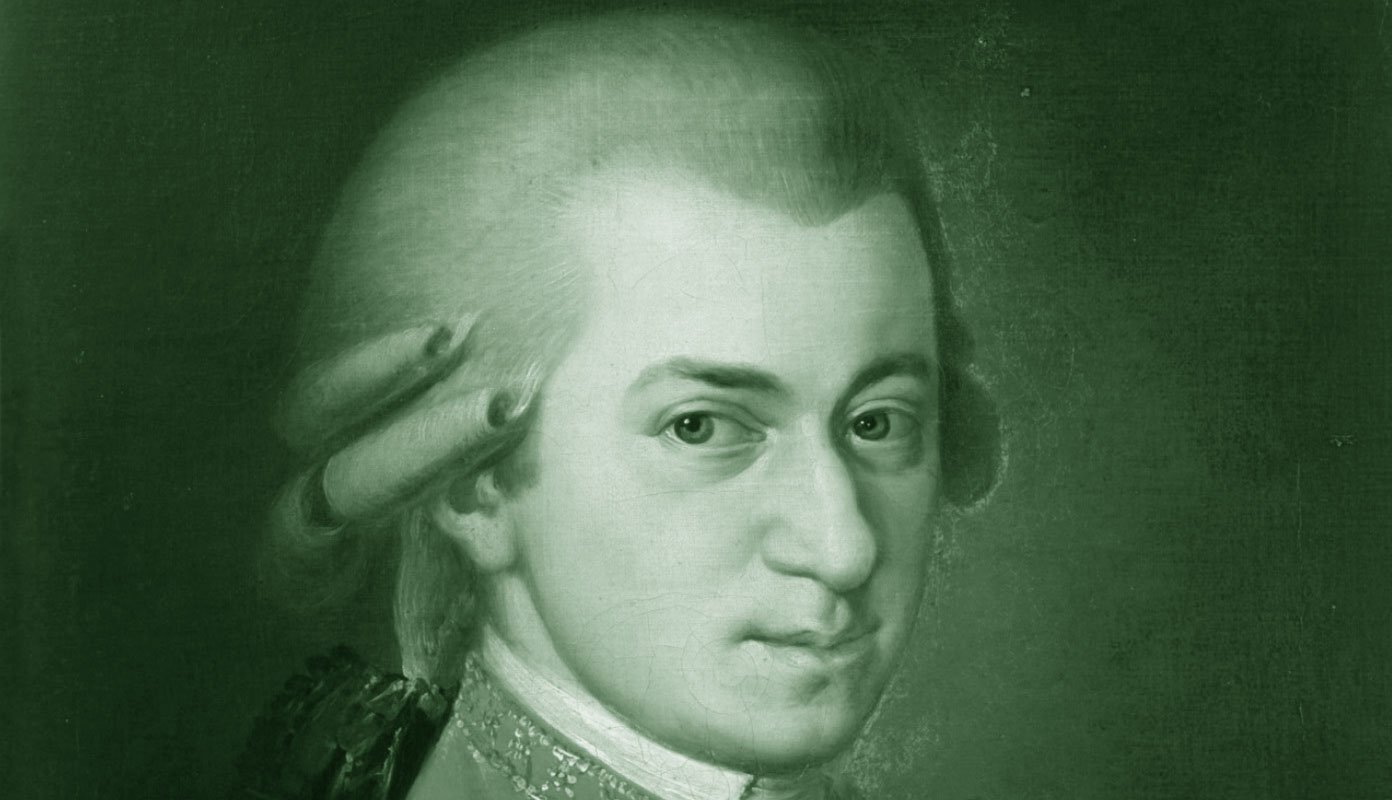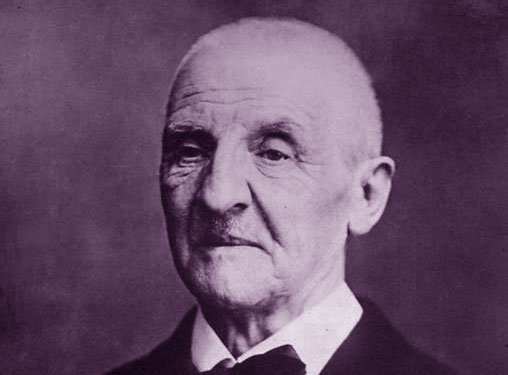Many refer to the baton as the conductor’s instrument (mistakingly so, the conductor’s instrument is, in fact, the orchestra): it is, for sure, the cheapest tool available to a musician; it’s basically the same for everyone, with few changes, like the length, the bulb or the material (wooden, plastic or fiberglass).
A bit of history
The use of the baton as a symbol of power to command masses dates back quite a few centuries: first traces of it are found in 709 B.C., in Greece, where Pherekides of Patras used a golden staff to start some 800 performers.
Curiously, given the male domination of the profession, the use of the baton is also documented in the convent of San Vito, used by nun Raffaella Aleotti (the first Italian nun to have published any music) to conduct a group of fellow nuns in 1594. In the words of Giovanni Maria Artusi, a noted composer of the time, the convent of San Vito was “universally celebrated by many and diverse musicians from Italy and abroad”.
Roughly a century later, the big metal stick that was used to mark the tempo killed its owner: Lully, the Italian-born French composer at the court of Louis XIV, accidentally struck his own foot with it and eventually died from gangrene in 1687.
Louis Spohr claimed to have introduced the modern baton to England on 10 April 1820, while conducting his second symphony with the Philharmonic Society in London, and when Mendelssohn returned to London in 1832 he was encouraged to use his baton. Music in the times of Wagner and Berlioz was getting too complicated for the old way of “conducting” and the use of the stick, with the consequent codification of basic conducting gestures, became gradually accepted everywhere.
In each case and throughout time, this conductor’s device maintained its original purpose: to mark the tempo and keep together a group of musicians.
Why do some conductors not use batons?
It is to be noted that not all conductors use a baton, and some of the greatest conductors of all times either never used it or used it very rarely (like Boulez or Masur) or conducted without it for a certain period of time (like Bernstein or Ozawa).
Some conductors choose not to use it only for specific pieces of music. Whatever the reason, it’s a choice that every conductor must make for themselves.
Why do conductors use a baton?
The baton is an extension of the conductor’s arm: when properly used, it helps a conductor gain clarity in showing and articulating the music and leading the players.
How do conductors hold a baton?
The basic baton grip
The baton is an extension of the arm: this is a concept of basic conducting technique and extremely important in the frame of a conductor’s body posture. The bulb should be placed in your palm while the fingers gently wrap it.
Watch the full conducting course here
The baton should be in a horizontal position and face the orchestra. If it’s turned to face the first violin, the bulb is no longer at the center of the palm, which means that the pulse is no longer in the wrist, but it’s originating from the knuckles or the forearm, creating unclarity.
If the conductor’s gestures are clear, the players will look at the most distinct focal point, the tip of the baton. Obviously, if the baton is pointing up to the ceiling, they will see the palm of the hand, which will be interpreted in different ways depending on the angle. They will also switch from the tip of the baton to the palm or the arm when the grip doesn’t allow the use of the wrist, thus locking the whole arm in a constricted motion which makes following the baton almost impossible. When players are not clear on what the conductor is doing, they will stop looking, and turn to the concertmaster or to the section leader.
Does the grip make a difference?
The short answer is yes: holding the baton in an uncomfortable way can lead to tension, and tension leads to injury. Furthermore, the baton should never be held in a way that will lock one of the conductor’s most useful and flexible parts: the wrist. The baton grip influences the sound of the orchestra, and should be adjusted to fit the hand in a natural way.
How do you choose a conducting baton?
Choosing a conducting baton that fits the hand is, obviously, subjective, and every conductor experiments with different ones. One key aspect to be aware of is the balance: if the balance point is where the thumb and finger meet on the shaft, the balance is perfect and the baton will feel weightless in the hand, allowing the conductor to focus on what matters most – the music.
Start improving your conducting today with this Pass-the-baton video course created exclusively for iClassical-Academy
Sources and resources:
Giuseppe Verdi conducting the Paris Opera premiere of Aida 22 March 1880: Adrien Marie [Public domain]
Baton picture: Metropolitan Museum of Art [CC0]













One of my teachers taught us that the baton is too fast and what players really look at is the palm of the hand
Well, pardon me, but how can the baton move at a different speed from the palm of the hand holding it? I think that’s physically impossible.
Regardless: the palm is too wide of an area to be precise and in order for every musician to be able to look at it, it should be kept up all the time. That’s more of a stop sign.
The tip of the baton is a very focused point of reference that everyone can clearly see even from far away. Try sitting in the timpani chair, for example: you’ll see the tip of the baton much clearer than the palm of the conductor.
I know nothing about this but I also thought it makes better posture probably, from watching. Some conducted without baton. Maybe some look in papres for moment, while holding it.
I noticed some older conductor on youtube didnt have baton but smile…moving also fingers (some birdie dances tones maybe) it reminded me this topic that you discuss. It seemed a bit like improvisation, but probably good. But it seems with baton its better and visually too.
It’s always a choice: lots of conductors do not use a baton and they’re very good at what they do. Seiji Ozawa is just an example. Others have had times in their career when they used it and times when they have not. I use it most of the times because I find it helps me be clearer
Yes it also looks better. Its the tool. Maybe you remember what you do, consciously, or subconsciously.
It seems like what ever people do (job or hobby, manually) its esential to be little mechanical, technical to not lose the track, be all over the place…or to have clear idea, not improvise too much, be lost in improvisation but first think of it…..Actually now it reminds me what Dr. Joe Dispenza said about him doing golf….he uses “Two rooms” of his mind….”think box” (analysing) and “play box” (doing) I think some people dream about being more mechanical, have more confidence….less emotional.
It seems like what ever people do (job or hobby, manually) its esential to be little mechanical, technical to not lose the track, be all over the place…or to have clear idea, not improvise too much, be lost in improvisation but first think of it…..Actually now it reminds me what Dr. Joe Dispenza said about him doing golf….he uses “Two rooms” of his mind….”think box” (analysing) and “play box” (doing) I think some people dream about being more mechanical, have more confidence….less emotional.
I think it’s part of everything: you need technique (the analytical part) as well as imagination. Or, if you prefer, left and right side of the brain. One supports the other: technique without imagination is just sterile; talent without technique is uncontrollable and dispersive
Yes you are right. Both use equally. Thank you.